7 Best and 7 Worst General Managers in the NFL Right Now
General managers shape the fortunes of NFL franchises as much as any coach or quarterback. They juggle salary caps, roster holes, and impatient fan bases. In 2025, some front offices have mastered the balance of short-term competitiveness and long-term stability, even as others remain mired in questionable strategies, struggling to align resources and results.
Here are some thriving decision-makers and some stuck in the slow lane.
Howie Roseman – Philadelphia Eagles

Credit: Youtube
Roseman’s adaptability keeps the Eagles in contention year after year. He builds through the trenches, prioritizes premium positions, and hoards draft capital until the right superstar becomes available. Signing Saquon Barkley after years of avoiding big running back deals paid off immediately with another Lombardi Trophy for Philadelphia.
Brett Veach and Andy Reid – Kansas City Chiefs
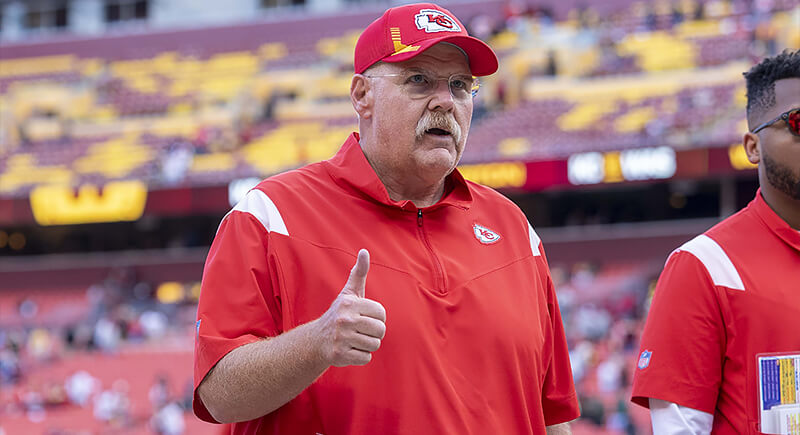
Credit: Wikimedia Commons
Although losing Tyreek Hill could’ve been a spiral, Veach and Reid found Rashee Rice and kept the offense humming. Working with limited draft capital and costly stars like Mahomes means constant roster reshuffling. The ongoing challenge is finding steadier protection and weapons for Patrick Mahomes.
Les Snead and Sean McVay – Los Angeles Rams
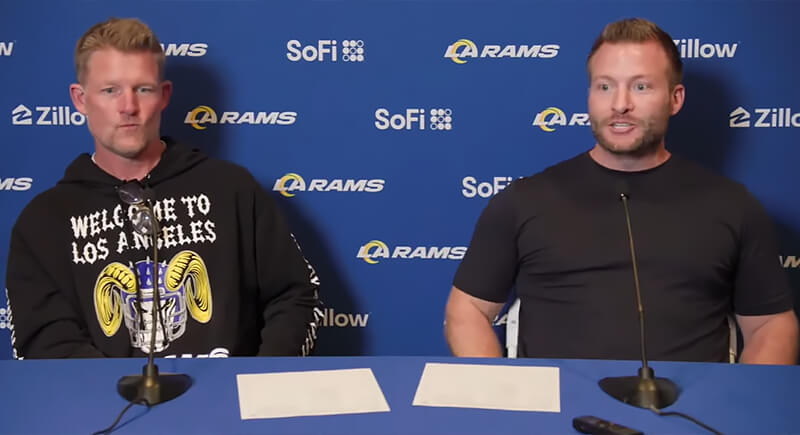
Credit: Youtube
Snead flipped the script by nailing later rounds. Kyren Williams and Puka Nacua are now core contributors, while rookies Jared Verse and Braden Fiske promise future stability. McVay’s quick fixes after misses have prevented slumps from snowballing into lost seasons.
Eric DeCosta – Baltimore Ravens
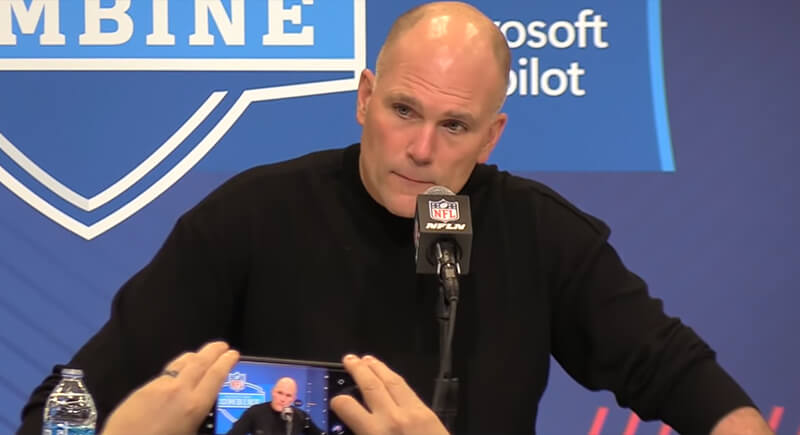
Credit: Youtube
DeCosta plays roster building like a chess master, always thinking a few moves ahead. Drafting Kyle Hamilton, adding Derrick Henry, and working through tight cap space have kept Baltimore dangerous. His knack for pinpoint additions means even small moves can create outsized impact in a conference packed with contenders.
Brad Holmes – Detroit Lions
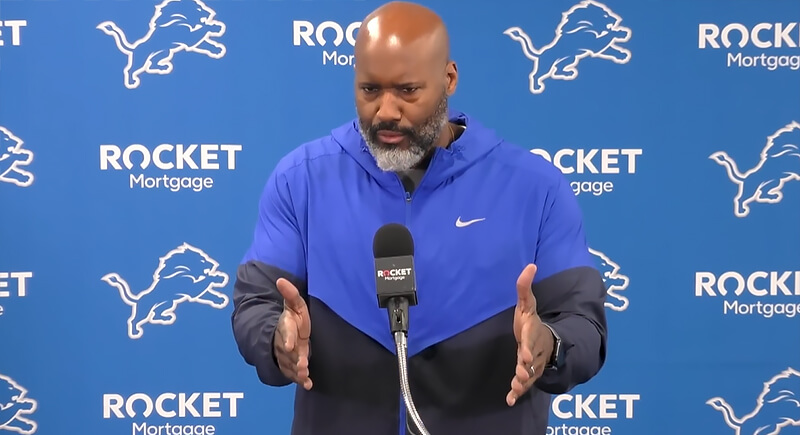
Credit: Youtube
Holmes has transformed Detroit into one of the NFC’s most formidable teams. His smart drafting brought in Amon-Ra St. Brown, Penei Sewell, and Jahmyr Gibbs, while the Jared Goff trade became a surprising long-term win. The next hurdle is sustaining success with higher draft positions and rising expectations.
Brian Gutekunst – Green Bay Packers
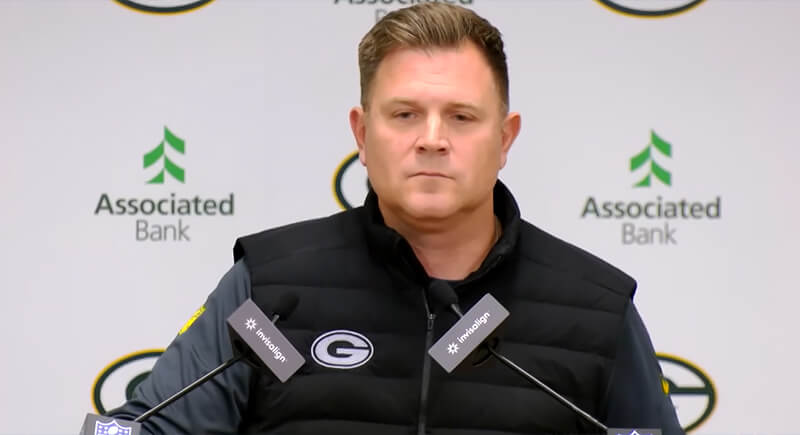
Credit: Youtube
Transitioning from Aaron Rodgers to Jordan Love could’ve been messy. Instead, Gutekunst’s depth-focused drafting smoothed the shift. Zach Tom and Josh Jacobs headline his recent roster wins. The next step is transforming that deep roster into one with more elite talent capable of dominating deep playoff runs.
Kyle Shanahan/John Lynch – San Francisco 49ers
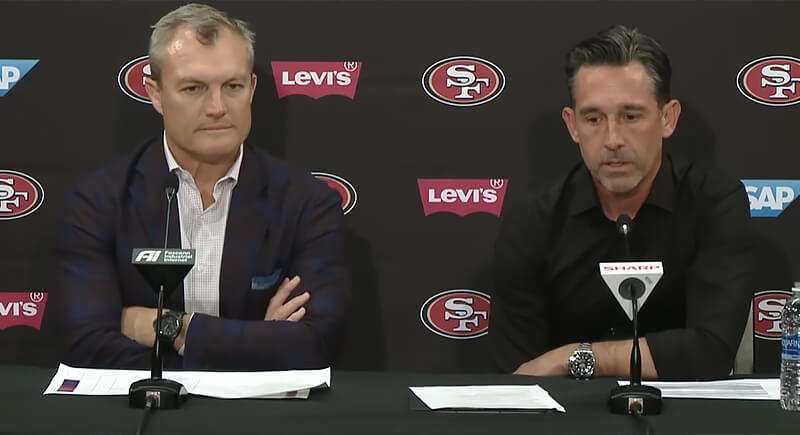
Credit: Youtube
The Trey Lance gamble flopped, but Shanahan and Lynch have been resourceful elsewhere. Mid-round gems like Talanoa Hufanga and Dre Greenlaw helped anchor past defenses, and the duo has shown a knack for reloading when core pieces move on. With both now gone, they’re retooling a roster hit by injuries and departures by aiming to build the next wave before their remaining stars age out.
Adam Peters – Washington Commanders

Credit: Youtube
Peters made a remarkable debut by drafting a quarterback, signing a defensive leader, and reaching the NFC Championship Game in year one. This offseason’s additions, including Marshon Lattimore and Laremy Tunsil, signal a push to contend immediately. Balancing that urgency with long-term depth will be his biggest challenge.
Andrew Berry – Cleveland Browns
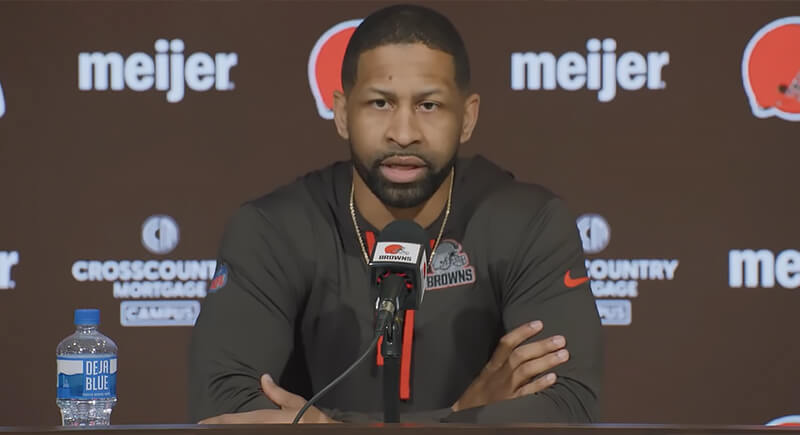
Credit: Youtube
Berry’s tenure is defined by the disastrous Deshaun Watson trade, which delivered poor on-field returns while gutting resources. Passing on Travis Hunter in the 2025 draft despite lacking offensive talent further muddied the team’s direction. Owner interference complicates his job, but the results remain hard to defend.
Chris Grier – Miami Dolphins
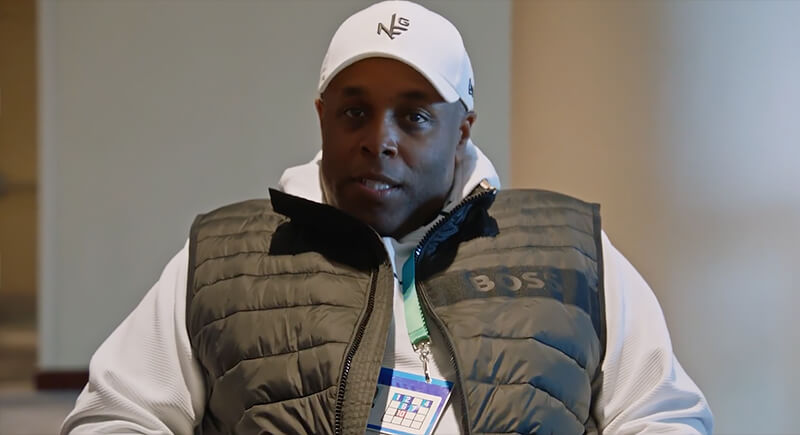
Credit: Youtube
Grier’s big-name moves often strip away draft flexibility and depth. Extending Tua Tagovailoa was a gamble that ramps up win-now pressure. A quieter 2024 offseason suggested a more measured approach, but 2025 will decide whether that shift sticks or if Miami starts over at the top.
Omar Khan – Pittsburgh Steelers
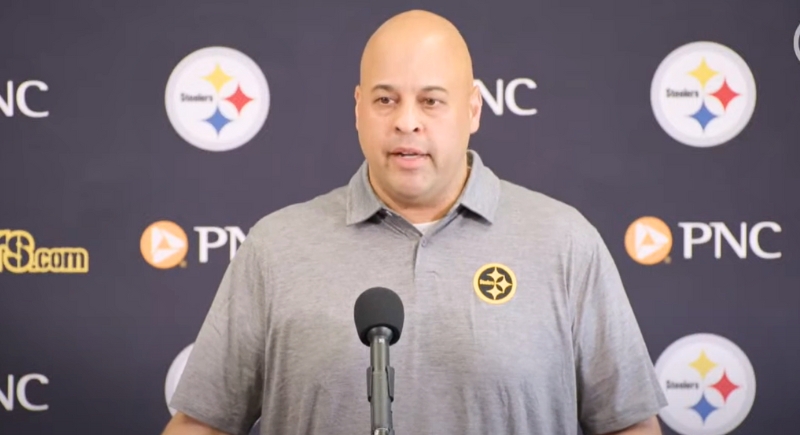
Credit: Youtube
Khan’s steady hand keeps the Steelers competitive, yet never over the hump. Short-term quarterback fixes and a defense edging toward decline limit their upside. His latest draft lacked headline talent and raised doubts about whether this front office can push the team past its nine-win comfort zone anytime soon.
Monti Ossenfort – Arizona Cardinals
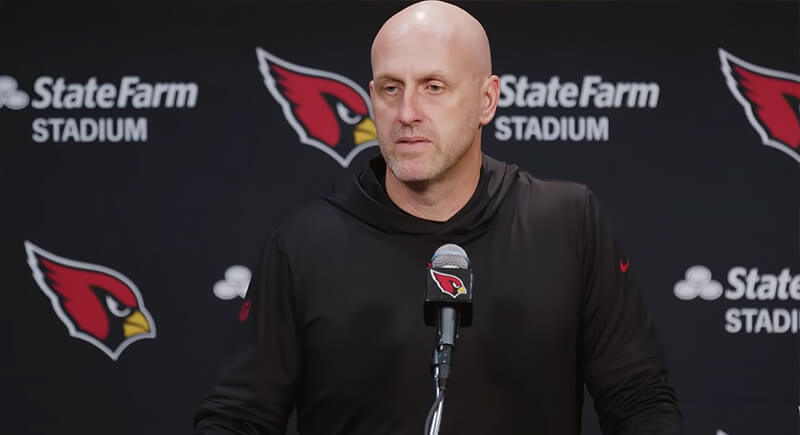
Credit: Youtube
Patience is Ossenfort’s brand; he stockpiles picks and builds slowly. The issue is that Kyler Murray’s stagnation eats into that plan’s payoff. His contract constrains flexibility, meaning even solid roster construction might not translate to big jumps in the standings. The franchise’s next leap hinges on either Murray’s rebound or a bold pivot.
Terry Fontenot – Atlanta Falcons
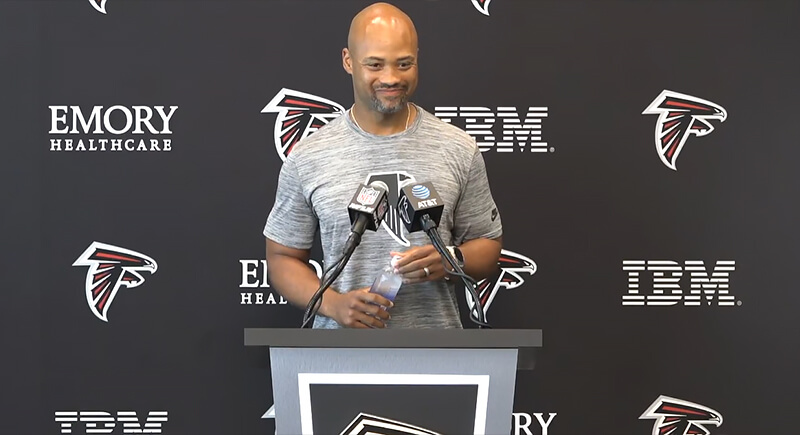
Credit: Youtube
Fontenot’s penchant for unconventional draft-day moves hasn’t yielded wins. Picks like Kyle Pitts haven’t reshaped the franchise, and Kirk Cousins failed to deliver the expected boost. The future hinges on rookie quarterback Michael Penix and pass rusher James Pearce — both must deliver quickly.
Ryan Poles – Chicago Bears
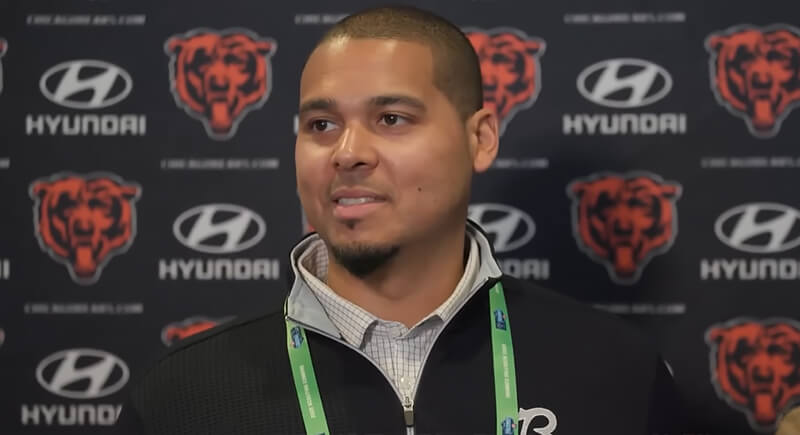
Credit: Youtube
Poles gave Caleb Williams premium protection and paired him with sought-after coach Ben Johnson. Johnson may influence personnel by raising questions about who truly steers the roster. A slow start could turn that partnership tense and put the Poles’ future in jeopardy despite an aggressive offseason.
Joe Schoen – New York Giants

Credit: Youtube
Schoen’s attempt to balance short-term competitiveness with a long-term quarterback plan has been muddled. Drafting a developmental passer late in the first round while relying on veterans Russell Wilson and Jameis Winston suggests another middling year ahead, with little evidence of real progress.
Dan Morgan – Carolina Panthers
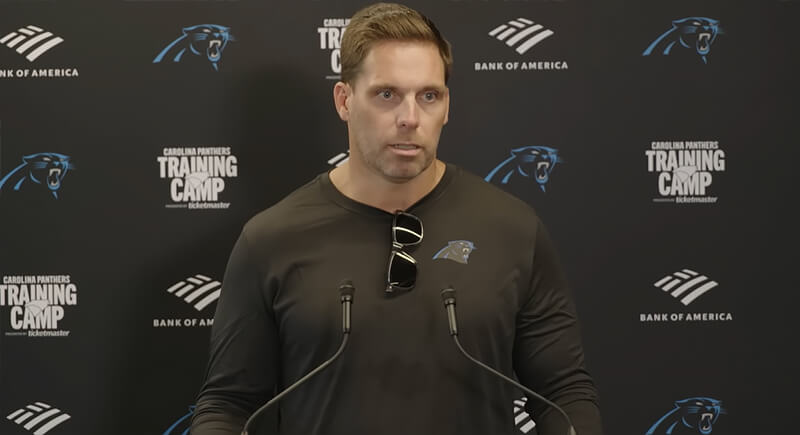
Credit: Youtube
Morgan inherited a team with no clear strengths and has struggled to create building blocks. Heavy spending on defensive free agents hasn’t set up long-term success, and Bryce Young’s uncertain development keeps the offense in flux. The Panthers risk staying near the NFL’s basement.